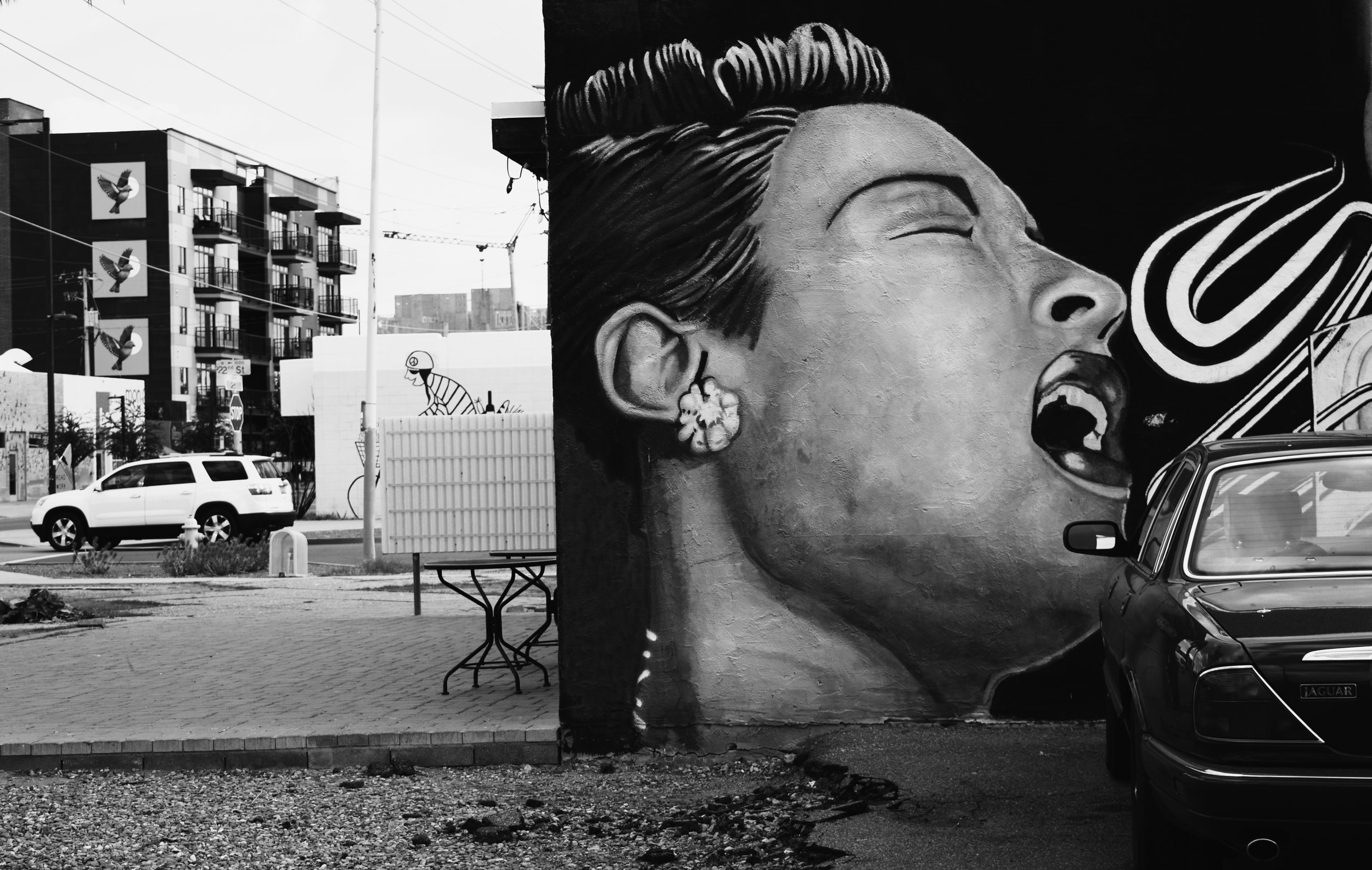Art as Confession
“All art is a kind of confession, more or less oblique. All artists, if they are to survive, are forced, at last, to tell the whole story; to vomit the anguish up.”
The above quote by the brilliant author James Baldwin is one of my favorites on art.
Art is a kind of confession in more than one way.
In some ways, art is the artist’s way of confiding and disclosing. It is here that they reveal who they are and what they care about. Often, you can learn more about artists through their work than through asking them a thousand questions.
In order to do this, artists have to open themselves up in their work. In this way, their work becomes a part of who they are.
In this excerpt from Wired to Create: Unraveling the Mysteries of the Creative Mind, Scott Barry Kaufman and Carolyn Gregoire say the following about Michael Jackson,
“By channeling his sensitivity and suffering into his work, Jackson found a sense of meaning and a way to escape from the loneliness and isolation that often overwhelmed him. Jackson embodies a personality contradiction seen in many performers: They are both incredibly “out there” and open, and also highly sensitive.”
In other ways, though, art is a confession of where we are as a society. As artists we confess, or declare, the problems with our governments, our citizens, our traditions, our beliefs, and more. It has always been the job of the artist to hold up a metaphorical mirror to our world so that we can clearly see ourselves (as ugly and difficult as that may be) and, hopefully, change for the better.
In her song “Superstar,” Lauryn Hill says this about the role of art in society:
Come on baby light my fire Everything you drop is so tired Music is supposed to inspire How come we ain’t gettin’ no higher? Now tell me your philosophy On exactly what an artist should be Should they be someone with prosperity And no concept of reality?
That’s a good question in this day of fast-food art. What IS your philosophy of art? I agree with Ms. Hill that art should inspire; should lift people up and make society better. Art should also lift the artist as he confesses and reveals who he is in his art.
But the two are not entirely separate. In fact, they go hand-in-hand. As it turns out, for art to have the sort of power and impact needed to lift society and inspire, artists must confront themselves in the process and, as Baldwin so eloquently put it, “vomit the anguish up.” As artists face the hard things, the pain, the hypocrisy, the loss, the joy, and more in our own hearts and lives, we create art that is capable of helping others to do the same. So, if we want to create good art, we can’t shy away from this aspect of confrontation and confession.
Anais Nin once said:
You must not fear, hold back, count or be a miser with your thoughts and feelings. It is also true that creation comes from an overflow, so you have to learn to intake, to imbibe, to nourish yourself and not be afraid of fullness. The fullness is like a tidal wave which then carries you, sweeps you into experience and into writing. Permit yourself to flow and overflow, allow for the rise in temperature, all the expansions and intensifications. Something is always born of excess: great art was born of great terrors, great loneliness, great inhibitions, instabilities, and it always balances them.
